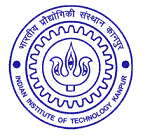Introduction:
In many areas of industry, it is desirable to develop products by digitizing conceptual clay models.
(create geometric models of the physical objects)
This is also referred as reverse engineering of shape/ shape synthesis from digitized point cloud.
The existence of a computer model -
Tool to improve quality and efficiency of design, manufacture and analysis.
Reverse Engineering
APPLICATION:
Copy of part - no original design.
Existing part - analysis and modification.
Aesthetic design - wooden or clay model is first conceptualized.
Custom fits for human surfaces - helmets, shoes, space suits or prostheses.
Manufacturing.
Inspection and quality control.
Art & Sculpting
STEPS:
- Data Acquisition
- Preprocessing
- Segmentation and Surface Fitting
- CAD Model creation (By F.D.M Machine)
Reverse Engineering is the process of producing design details in the form of CAD model from the physical part. The process consists of first scanning the object concerned to create a point cloud that represents the skin of the object. Then using a CAD Software such as SURFACER the skin i.e. the surface model of the object is created. The surface model thus created is exported to a Solid modeling package such as I-DEAS where the surface model is checked for water tight geometry and after modification if necessary, the solid model is generated. The solid model thus created can be then used for analysis, documentation, NC code generation or for prototyping.
F.D.M. Machine
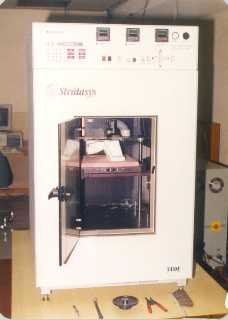
FARO ARM
The Faro Arm is a counter-balanced, temperature compensated, six degree of freedom measurement arm, constructed of anodized, aircraft aluminum with precision bearings. Proprietary, hybrid analog/digital transducers at each of six joints combine to provide complete point position (XYZ) and orientation (IJK).
FARO Software:
1. Surfacer (Imageware)
2. AnthroCAM
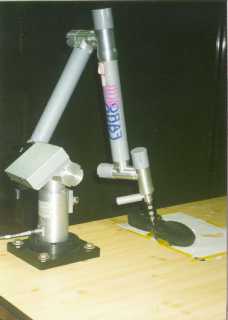
FARO ARM
Advanced Topometric Optical Sensor (ATOS)
ATOS is an optical scanner that digitizes objects with high data density (from approx. 400,000 up to 1.3 million pixels per image) and offers them as point cloud for post processing. The object sensor head mounted on a tripod can be easily positioned around the object. During the measurement, fringes are projected onto the objects surface and recorded by two CCD cameras (refer Figure 23 (b)). From these images the software computes the precise 3D coordinates of up to 1.3 million object points. For a complete measurement of complex objects the individual views are merged into a single data set. The calibration of the system, object or sensor movement and impact of environmental light is controlled during each measurement. The output of the digitizing is a high-density point cloud in ASCII format. Further the ATOS software polygonizes the point cloud and delivers a high quality and optimized polygon mesh in STL format. Surfacer provides a flexible environment that is utilized by artists, designers and engineers to meet their modeling demands from concept through manufacturing.
Key Features :
Scan Data/Point Cloud Features
Draw and Edit Curve from points
Draw and Edit Surfaces from points
Display large point cloud data as well as curves and surfaces
Export data in various File Formats
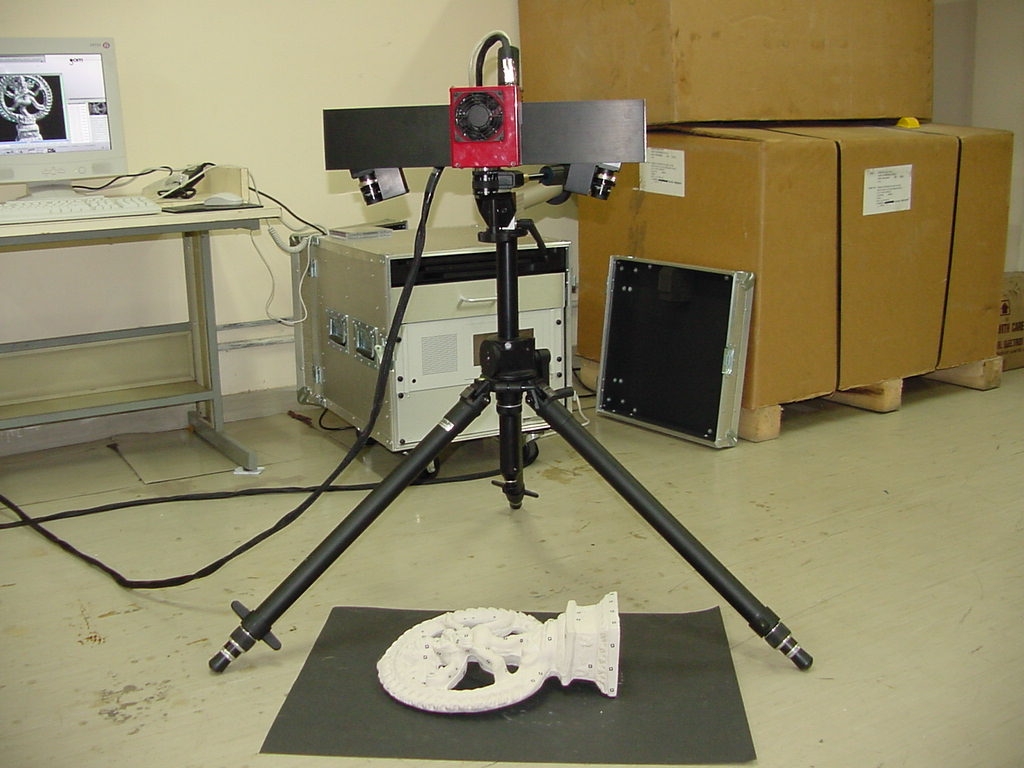
ATOS
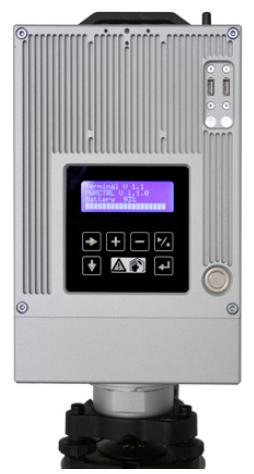
Z+F IMAGER 5006i
Z+F IMAGER 5006i [Laser Scanner]
A 3D laser scanner is a device that is used to capture a site or real-life object. The data captured provides detailed information on the measurements, dimensions and colour (if desired) of real-world objects or environments.
Laser scanning technology which was once in its infancy has now found wide spread acceptance as a highly effective measurement tool. Its uptake has increased dramatically as its benefits have been realized.
Some of its benefits include a reduction in the number of operatives required in the field and the number of trips made to site. Data is collected in the minimum amount of time (For example the Z+F IMAGER® 5006 can capture approximately 50 million points in less than 4 minutes ) meaning improved efficiency and minimum disruption.
The data captured by a 3D laser scanner can then be brought to the user or designers desktop. The collected data is of such a high quality that it can be used in its raw form directly as recorded or as a highly intuitive BubbleView or intensity view. It can also be used to produce a detailed and accurate 3D model.
Scanner Software
1. LFM Modeller
2. LFM Register
3. LFM Server
4. Geomagic Studio
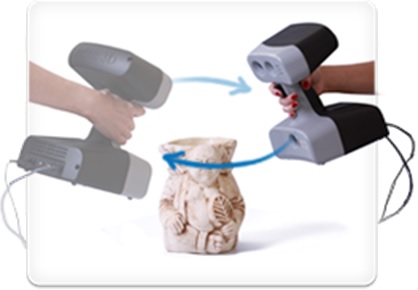
Artec MHT™ 3D Scanner
The Artec MHT scanner captures brilliant color at up to 24 bits per pixel. That means that the resulting texture is of great quality similar to a modern video camera. This model is perfect for designers, movie makers and animators. Also, this is a great tool for those in the heritage preservation industry, because capturing the enchanting coloring of a clay pot from ancient Greece is just as important as capturing its shape. This is the appropriate choice for those that need to not only acquire 3D data, but the color of the object as well.
Artec 3D Scanners are portable, phenomenally quick and can be used with objects of various sizes. There's no need to move scanned items or to place markers on the object. These are the advantages that make our 3D Scanners an indispensable tool in the preservation of the world's cultural heritage.
Scanner Software
- Artec Studio
- Geomagic Studio
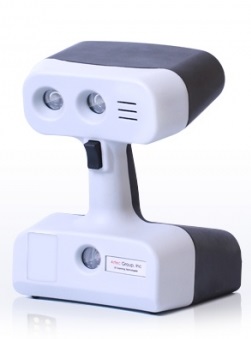
Artec 3D Scanner
All Rights Reserved By: CAD LAB Indian Institute of Technology, Kanpur - INDIA
[This Website is designed & maintained by: Dr. A. Chatterjee]



